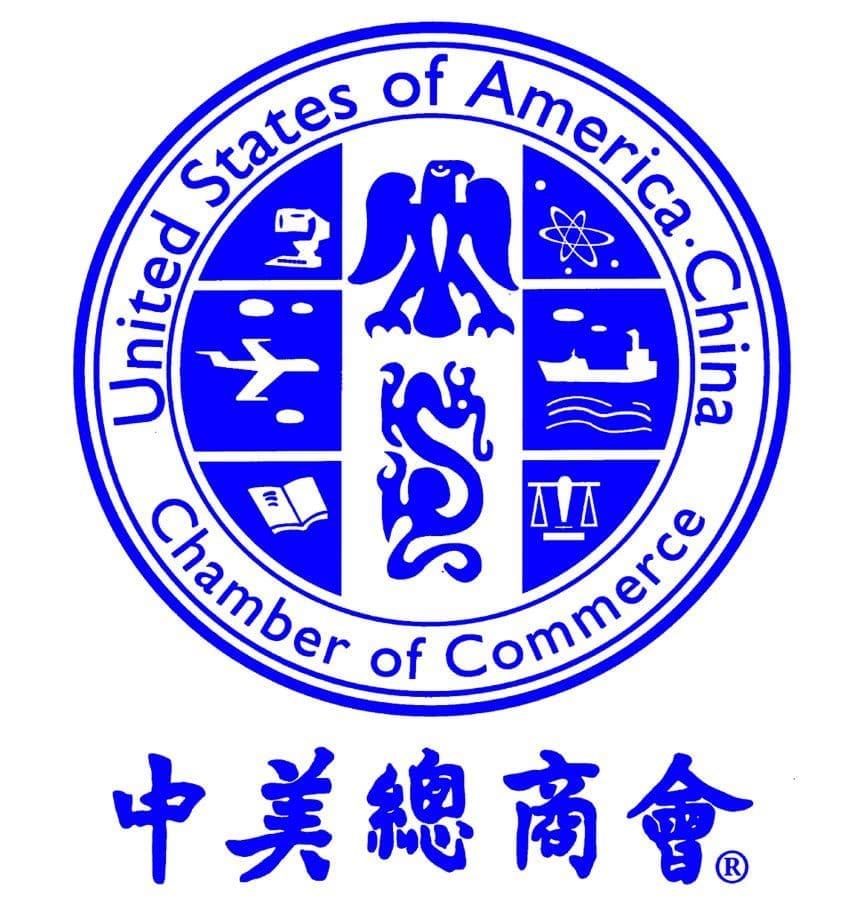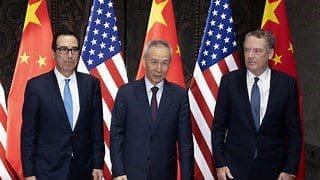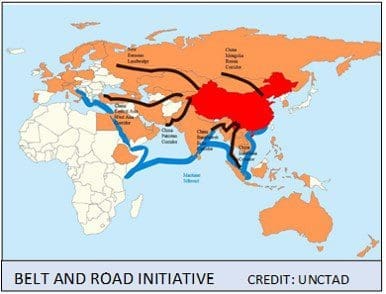 The United States-China Chamber of Commerce (USCCC) held its twentieth annual US-China trade conference in Chicago on October 10 and 11. The theme “Navigating the Uncharted Waters of Future Global Trade” was certainly relevant, and the event was also timely as high-level government officials from both countries were negotiating trade terms in Washington at that same time. The conference included several speaker panels that provided insights on operating in today’s uncertain trade environment. Generally speaking, attendees expressed that tariff increases are not substantive enough to shift production operations to another Asian country in the short and medium-term. In addition, the publicity of the trade wars has established cost increase expectations, making it easier for companies to pass on some of the tariff increases to their customers. Finally, selling China production to customers in China is viewed as a means for offsetting a potential decrease in demand from the US.
The United States-China Chamber of Commerce (USCCC) held its twentieth annual US-China trade conference in Chicago on October 10 and 11. The theme “Navigating the Uncharted Waters of Future Global Trade” was certainly relevant, and the event was also timely as high-level government officials from both countries were negotiating trade terms in Washington at that same time. The conference included several speaker panels that provided insights on operating in today’s uncertain trade environment. Generally speaking, attendees expressed that tariff increases are not substantive enough to shift production operations to another Asian country in the short and medium-term. In addition, the publicity of the trade wars has established cost increase expectations, making it easier for companies to pass on some of the tariff increases to their customers. Finally, selling China production to customers in China is viewed as a means for offsetting a potential decrease in demand from the US.
Established Operations and Relationships
US companies and their owners place great value on their established relationships and ongoing operations in China. Frank and Mary Mehwald, the owners of Atlantic Tool & Die, shared their experience of establishing a wholly owned foreign subsidiary in Guangzhou, China. The facility began production back in 2007 when the presence of American companies in the area was limited in comparison to today. They believe that their current management in China and the relationships they have developed with the staff are critical to the operation’s ongoing success. Anthony Williams, VP of Imports and Sourcing for Handgards, a privately-owned provider of plastic disposable products, also emphasized the value of Handgards’ established operations and relationships. More specifically, he noted the amount of time and effort required to establish and refine supply chain partnerships. He also mentioned that it is a misconception that companies can swiftly shift operations to a different country in response to tariff increases – the processes are simply too important to the company and too complex to replicate quickly. Yi Zang from Plante Moran outlined an analytical framework that he presents to clients as they evaluate sourcing and production changes. Among those considerations were the consequences from losing experienced management and labor, as well as the extended supply chain capabilities in a given location. Very often an outsourced operation is supported by several local inputs that are critical to the outsourced operation’s success. Scott Wise, Director Global Sourcing from The Ames Companies, cautioned the audience that Southeast Asia may have lower labor costs, but it also may be less productive and be subject to higher raw material costs and insufficient local infrastructure. He also noted that it is getting easier to establish a foreign entity in China. And being established in China provides opportunities to sell into China if your products are suitable for the market.
China Consumption and Development
Interestingly enough, the publicity of the trade wars has established expectations for cost increases, making it easier for companies to pass on some of the additional costs to their customers. The tariff increases are also motivating companies such as Atlantic Tool & Die to sell more of their products into the Chinese market. China’s domestic consumption is considered a longer-term growth engine for the country, and Beijing recently listed 20 measures it plans to take to further improve domestic consumption. Jinying Li, Director of China Federation of Logistics and Purchasing, took a longer-term perspective, presenting on China’s plans for infrastructure investment and development in Western China. Her messaging also emphasized the importance of China’s trade relationships with the ASEAN countries. The development effort includes a number of free trade zones and a free trade port in Hainan.
Final Word
Existing production operations and supply chain partnerships in China have taken a great deal of time, money, and effort to establish. Tariff increases are not yet permanent or substantial enough to force companies to search out alternatives. The uncertainty that hinders investment planning in China has a similar effect on planning for alternatives. If anything, the environment reinforces the value of supply chain risk mitigation efforts. Finally, intellectual property rights in China appear to be improving, as several attendees noted enforcement by government authorities. Regardless, conference attendees also noted that patent and branding infringements are still too common.




















